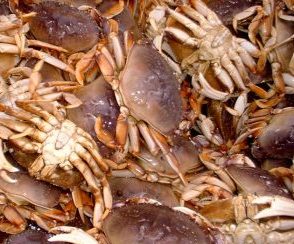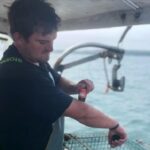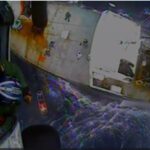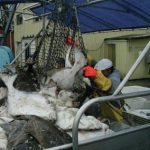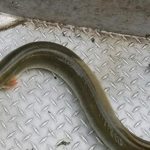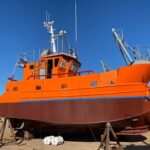Tag Archives: James Watson

Red Car resto relies on DuFLEX
A classic Sydney trawler that operated for 30 years in Tasmania as Marconi’s Cross out of Hobart is being given a new lease on life by the experts at Red Car Marine in the fortuitously named suburb, Goodwood in Hobart. James Watson runs Red Car Marine and he and his team are meticulously restoring the 14.75-metre timber fishing vessel for its Sydney owners. Built in 1948, the historic vessel is a veteran of tuna fishing, trawling and towing fish pens, before going up for sale. As James explains, “Her new owners have commissioned a total refit, including the wheelhouse, aft lounge, sliding doors and interiors to turn it into a pleasure boat for cruising the Hawkesbury River, and eventually some passage making to Whitsundays.” 3 photos, >click to read< 09:54
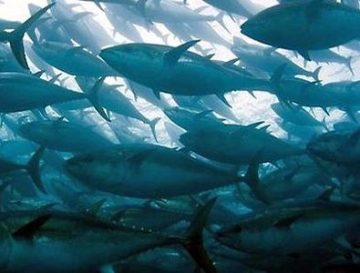
Study finds tuna fishermen who fish along ocean fronts can significantly boost revenue
These oceanographic conditions are more complex than simply being warmer temperatures, said James Watson, an OSU marine ecologist and lead author on the study. Their technical name is Lagrangian Coherent Structures, though scientists often refer to them as “the skeletons of the sea.”“Essentially they are physical ocean fronts where surface waters converge,” Watson said.,, “What we’ve found is that the stronger the convergence, the more likely it is to attract certain things, beginning with the aggregation of phytoplankton, which in turn attracts larger organisms like tuna – and, ultimately, tuna fishermen.” >click to read<12:25






